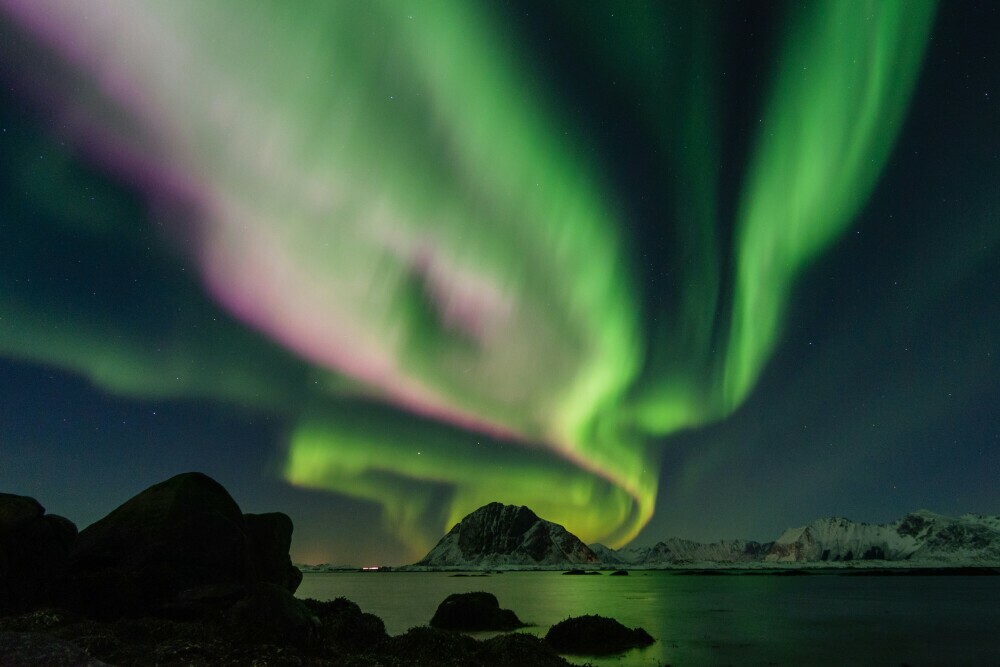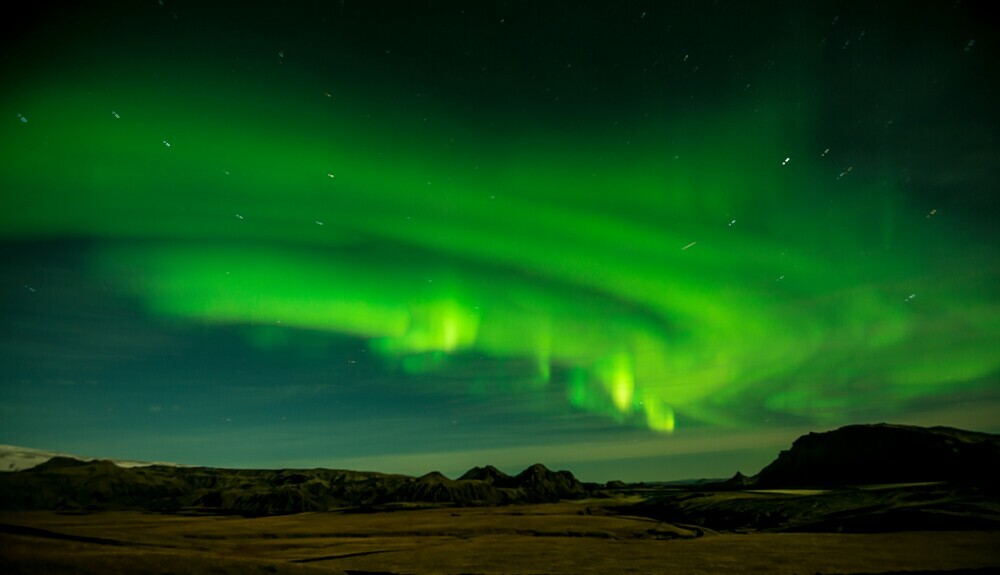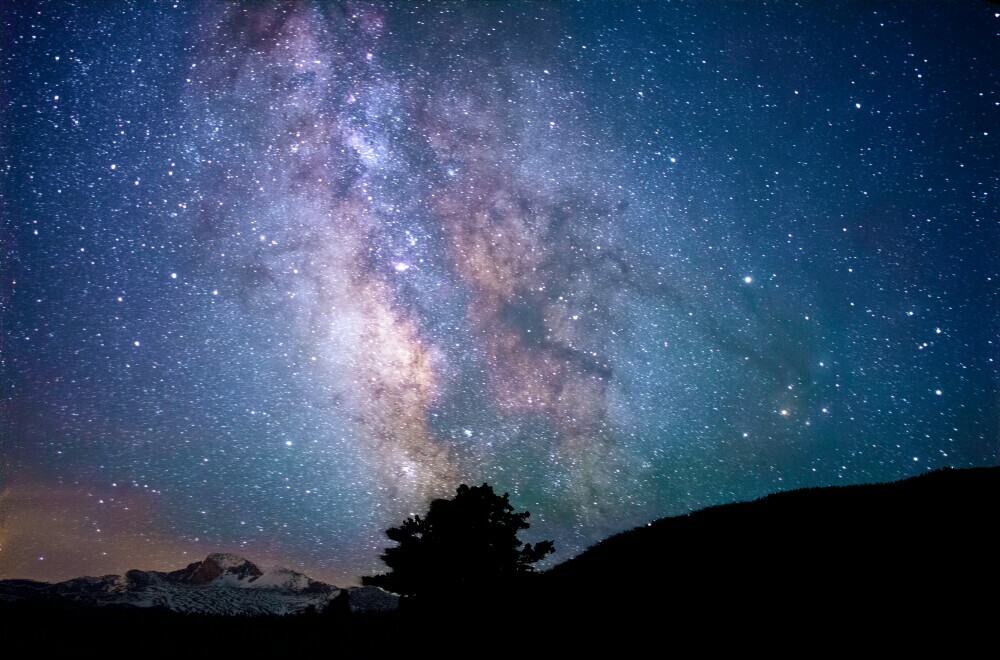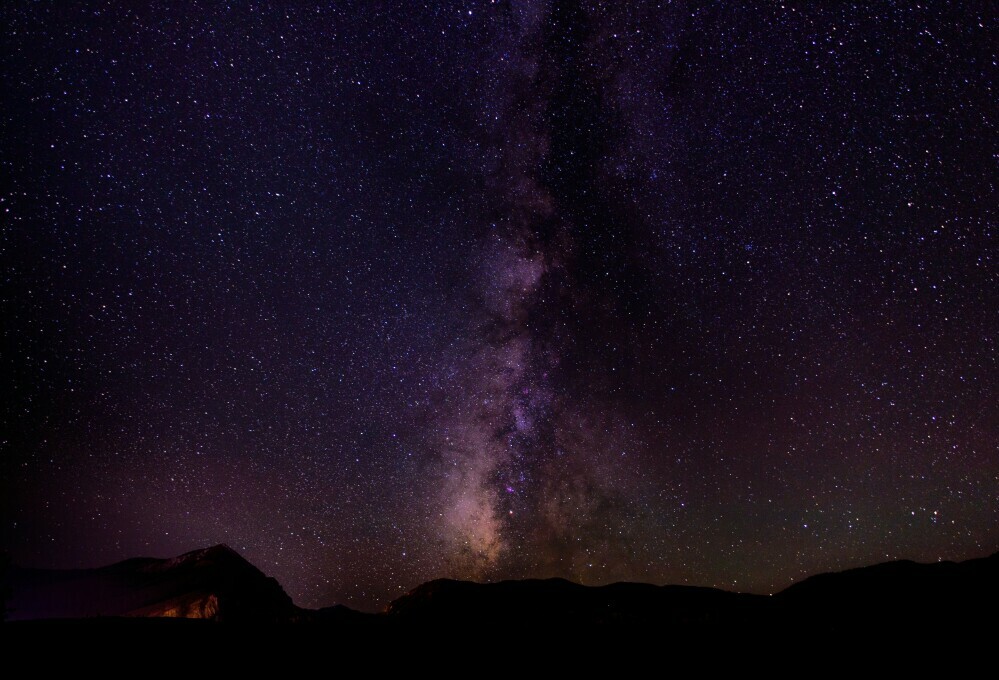 Johannes Groll. (2017) the Northern Lights, Norway [Photograph]. Unsplash
Johannes Groll. (2017) the Northern Lights, Norway [Photograph]. Unsplash
Auroras, those mesmerizing light displays that grace Earth’s polar skies are not exclusive to our home planet. Their radiant dance is a universal phenomenon occurring across the cosmos, aptly described as one of the most spectacular celestial light shows in astronomy. Other worlds in our solar system and beyond host their versions of these extraordinary events, known as extraterrestrial auroras.
Expanding our gaze beyond Earth, we unlock a vivid realm of space phenomena that sheds light on the dynamic interactions between solar winds, planetary magnetic fields, and atmospheres. These interactions are the artists behind the awe-inspiring planetary auroras that captivate astronomers and space enthusiasts alike.
As we prepare to delve into the scientific underpinnings that give birth to these otherworldly displays, it’s crucial to highlight why this research is more than just a pursuit of beauty. By observing and understanding the spectacular auroras of other worlds, scientists gain insights into the electromagnetic forces in the universe, which informs our knowledge of planetary environments and the potential for life elsewhere.
Join me as I explore the luminescent mysteries held by our neighboring planets. We’ll first examine the science behind these space phenomena, comparing the familiar glow of Earth’s auroras with the stunning auroral performances of giants like Jupiter and Saturn. This sets the stage for a deeper appreciation of these cosmic masterpieces and their significance in the grand theater of space exploration.
The Science of Spectacular Auroras in Our Solar System
 v2osk. (2017) the Northern Lights, Iceland [Photograph]. Unsplash
v2osk. (2017) the Northern Lights, Iceland [Photograph]. Unsplash
Auroras captivate with their ethereal dances across the skies – a phenomenon not exclusive to Earth. On our planet, charged particles from the sun interact with Earth’s magnetic field, creating these glowing displays typically seen near the poles. What’s fascinating is that this process isn’t unique to Earth; it also occurs on other planets, resulting in spectacular auroras beyond our world.
The magnetic fields of other planets play a crucial role in the generation of their auroras. Planets like Jupiter and Saturn boast magnetic fields that are much more robust than those of Earth. These giant planets have auroras that are more expensive and, at times, more intense. Thanks to spacecraft and telescopes, astronomers have observed that the celestial light on these planets occurs in a spectrum of colors, depending on the gases in their atmospheres.
Contrasting Earth’s auroras, which often glow in hues of green, Jupiter’s auroras display shades of blue and purple due to its hydrogen-rich atmosphere. Saturn’s auroras shimmer in pale gold, coinciding with their unique atmospheric composition. Remarkably, ultraviolet and infrared imagery show us these extraterrestrial auroras, showcasing how diverse the universe can be.
As we better understand the science behind these space phenomena, they become more awe-inspiring, especially when considering the complex interactions between solar winds and magnetic fields. The following section will explore how technology enables us to witness these otherworldly light displays and what they look like on distant celestial bodies.
Witnessing Auroras on Distant Celestial Bodies
 Jeremy Thomas. (2016) the Northern Lights, USA [Photograph]. Unsplash
Jeremy Thomas. (2016) the Northern Lights, USA [Photograph]. Unsplash
Auroras aren’t just Earth-bound phenomena; they paint alien skies with dazzling light displays. But capturing these celestial light shows requires advanced technology and meticulous planning. Space telescopes and probes play crucial roles in recording the auroras of other planets.
Observing extraterrestrial auroras poses unique challenges. For one, distances in space are vast, making detailed observation tricky. Instruments must be susceptible to picking up the emissions from these grand spectacles. Yet, missions like the Hubble Space Telescope have brought images of Saturn’s and Jupiter’s auroras back to Earth.
The auroras on other worlds come in many visual flavors. Jupiter’s auroras, for instance, dwarf those of Earth in size and intensity, given their strong magnetic field. Saturn’s auroras also create spectacular light shows, albeit in a different band of the electromagnetic spectrum, often captured in the ultraviolet.
These observations aren’t just visually stunning; they’re also scientifically invaluable. By analyzing auroras on other planets, scientists can deduce information about the planet’s magnetic fields, atmospheric composition, and solar-wind interactions. Every image or reading enhances our understanding of these complex natural phenomena.
The Future of Aurora Exploration
 Nathan Anderson. (2016) the Northern Lights, USA [Photograph]. Unsplash
Nathan Anderson. (2016) the Northern Lights, USA [Photograph]. Unsplash
Our quest to understand the spectacular auroras of other worlds is far from over. Visionaries and scientists are spearheading new missions to dive even deeper into the mysteries of planetary auroras. These endeavors are more than just a testament to human curiosity; they stand as a bridge between us and the profound secrets of the universe.
Shortly, ambitious projects, both terrestrial and orbital, are set to capture more detailed observations of these celestial light shows. Cutting-edge telescopes and interplanetary probes will grant us unprecedented access to discover and study auroras beyond our atmosphere.
Each successful mission elevates our knowledge about the auroras’ intricate dance with magnetic fields and solar winds. This information is vital; it not only enhances our grasp of space phenomena but also contributes to our understanding of the very fabric of our solar system.
We can expect a wealth of new data through continued exploration and the inevitable technological advancements. This will refine our current theories and introduce us to phenomena beyond our scientific horizons. The unveiling of these secrets keeps our eyes fixed on the stars with eager anticipation.
